10 Secrets About the Vatican They Don’t Teach in History Class
Vatican City might appear to be all solemn ritual and sacred tradition, but its history is far more layered than the postcards suggest. Behind its grand architecture and ceremonial pageantry is a small sovereign state shaped by political maneuvering, ancient customs, and historical oddities most textbooks leave out. Here are lesser-known truths about the Vatican that offer a deeper view into how this 121-acre nation came to be—and what still goes on behind its walls.
Mussolini Signed the Vatican into Existence
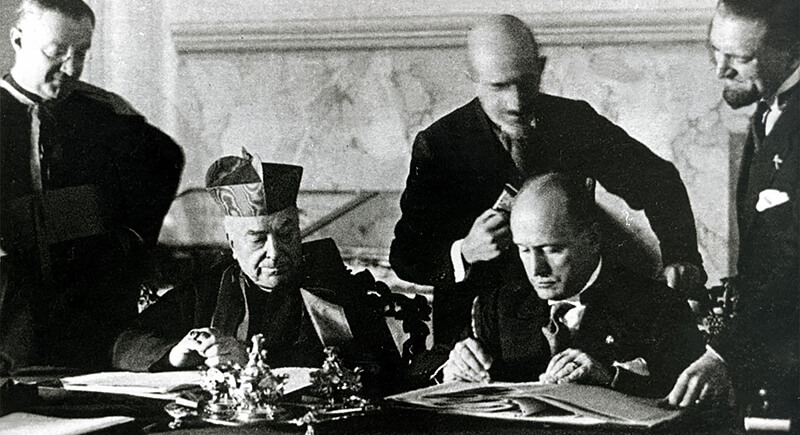
Credit: X
In 1929, Italy’s fascist leader Benito Mussolini and Cardinal Pietro Gasparri signed the Lateran Treaty, formally establishing Vatican City as a sovereign state. It was a calculated political agreement—one that granted the Catholic Church independence in exchange for papal recognition of Mussolini’s regime. The deal also settled the “Roman Question,” a long-standing dispute that began when the Kingdom of Italy absorbed the Papal States in 1870.
The Name “Vatican” Traces Back to Pagan Traditions
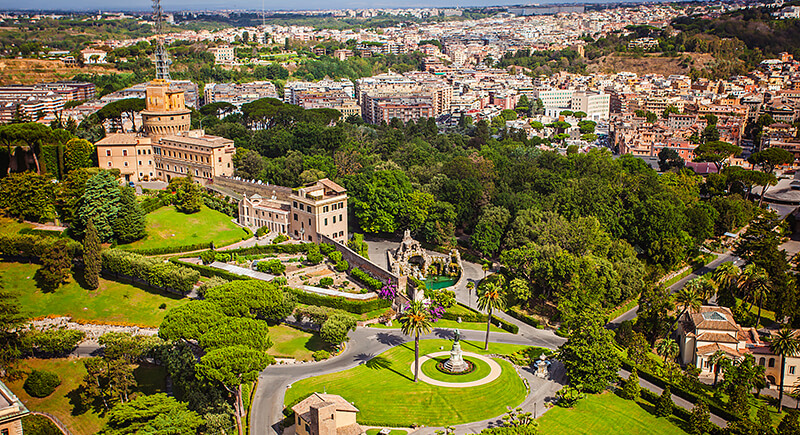
Credit: iStockphoto
Long before Christianity laid claim to the land, the area known as Vatican Hill held deep religious significance in ancient Rome. The term “Vaticanus” was associated with prophecy and divination—Romans believed the hill was a place where the gods spoke. It was home to soothsayers and sacred rites tied to the old religions. It’s a curious twist in history: the Church’s spiritual capital sits on ground once devoted to pagan omens and rituals.
Saint Peter’s Basilica Rests on an Ancient Necropolis
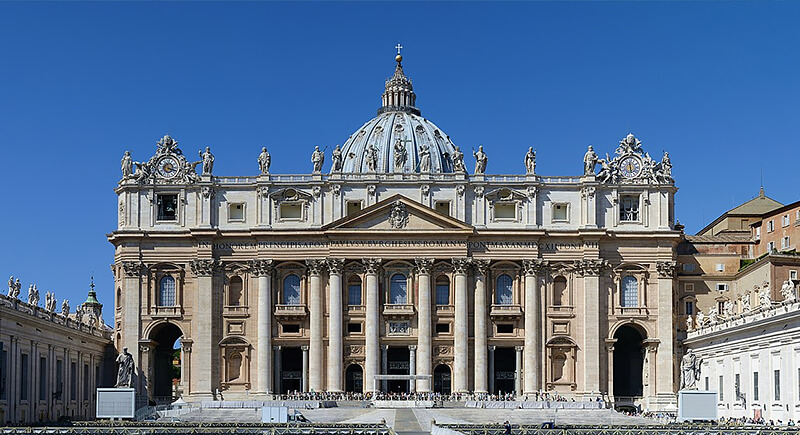
Credit: Wikipedia
Few realize that Saint Peter’s Basilica, one of the most important churches in the world, was built directly over a Roman necropolis. Excavations in the mid-20th century revealed a network of underground tombs, mausoleums, and burial chambers dating back to the first and second centuries. Among the findings was a site that many scholars believe holds the remains of Saint Peter himself. The decision to place the basilica here was meant to honor the martyrdom of the Church’s first pope. Still, it means that every mass held inside takes place above a literal city of the dead.
Saracen Pirates Once Raided the Vatican
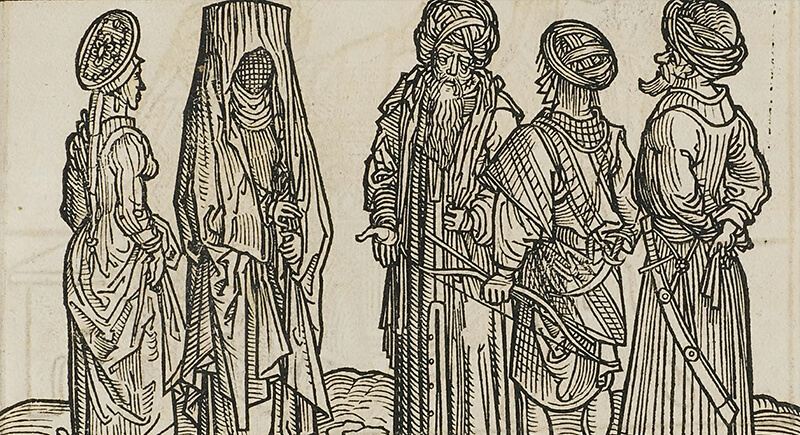
Credit: Wikipedia
In 846 AD, a fleet of Saracen raiders crossed the Mediterranean and made it as far inland as Rome. They launched a surprise attack on Old Saint Peter’s Basilica—then outside the protective city walls—and looted its treasury. Gold, silver, and sacred relics were stolen. The raid forced Roman authorities to rethink the city’s defenses, and soon after, they constructed the Leonine Walls to enclose and protect what would later become Vatican territory.
Popes Refused to Leave the Vatican for Nearly 60 Years
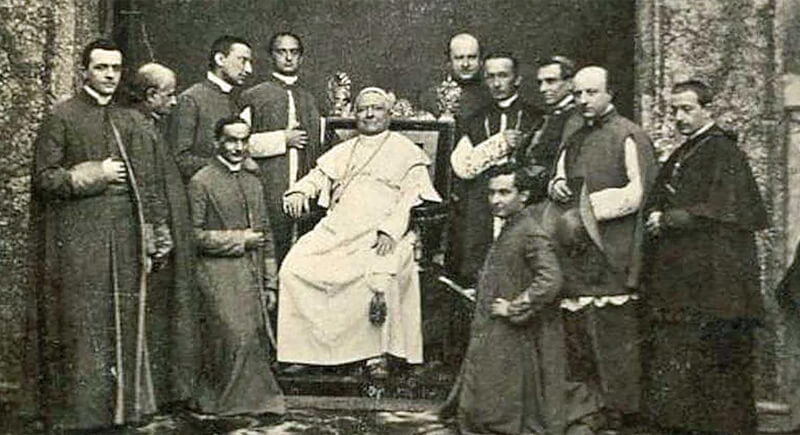
Credit: Wikipedia
After the unification of Italy in 1870 and the annexation of the Papal States, a long standoff began. Successive popes considered themselves “prisoners of the Vatican,” refusing to acknowledge the authority of the Italian state or set foot beyond the Vatican walls. This self-imposed isolation lasted until the Lateran Treaty of 1929. For almost six decades, the popes maintained spiritual authority while physically confining themselves to a fraction of Rome—a symbol of protest and a quiet power play that shaped Church-State relations well into the 20th century.
Most Vatican Citizens Don’t Live There
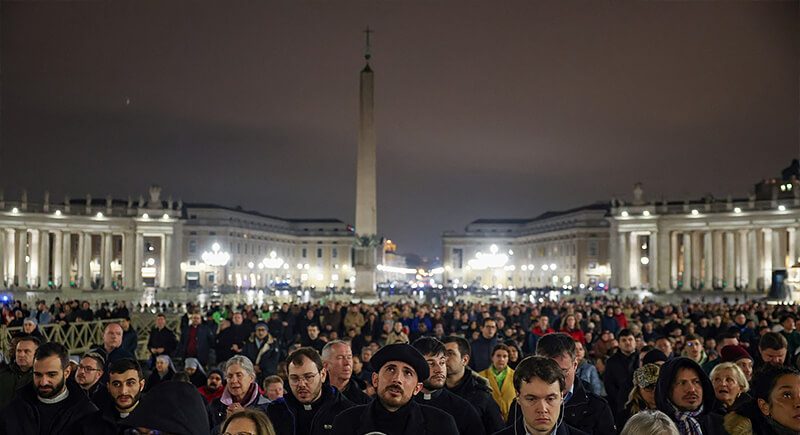
Credit: Facebook
Vatican City has roughly 800 official citizens, but only a small fraction live within its borders. The rest are mostly clergy and diplomats stationed around the world who hold Vatican passports. Citizenship isn’t passed down by birth—it’s tied to a person’s role within the Church and often temporary. Once someone’s role ends, so does their citizenship. It’s one of the few countries where being a citizen has nothing to do with where you were born or where you reside.
Popes Didn’t Reside in the Vatican Until the 14th Century
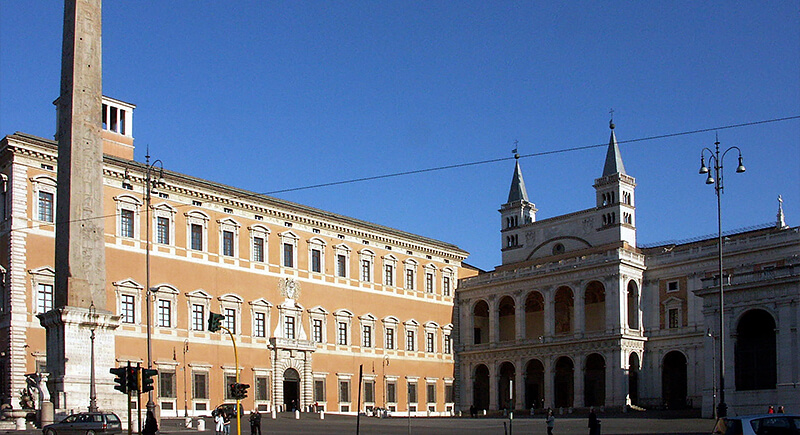
Credit: Wikipedia
The papal residence hasn’t always been in Vatican City. For centuries, popes lived in the Lateran Palace, located on the other side of Rome. Then, in the 14th century, the papacy relocated to Avignon, France, for nearly 70 years—a period known as the Avignon Papacy. When the papacy returned to Rome in 1377, the Vatican gradually became the main seat of power.
Vatican City Is the World’s Smallest Country by Area
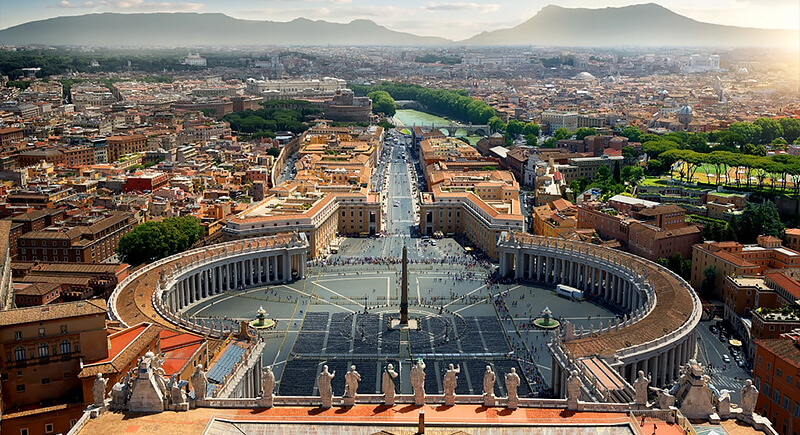
Credit: flickr
At just 121 acres—less than half a square kilometer—Vatican City is smaller than some city parks. Yet, it operates as a fully independent nation with its own governance, postal system, police force, and even a euro currency with custom Vatican coins. Despite its small size, it exerts influence across continents through the Roman Catholic Church’s global network.
The Vatican Operates Its Own Global Media Network
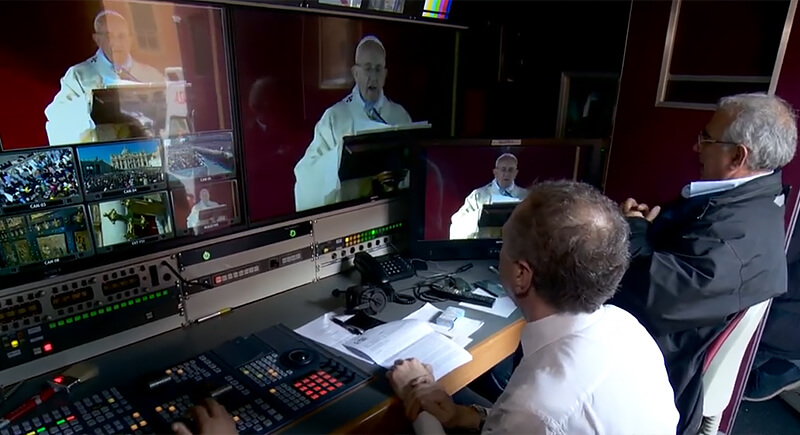
Credit: Youtube
To communicate with Catholics around the world, the Vatican runs an extensive media operation. Vatican Radio broadcasts in dozens of languages and reaches listeners across continents. L’Osservatore Romano, its daily newspaper, reports on Church affairs and international issues from a papal perspective. Vatican Television Center records papal events and ceremonies.
The Vatican’s Observatory Has a Telescope in Arizona
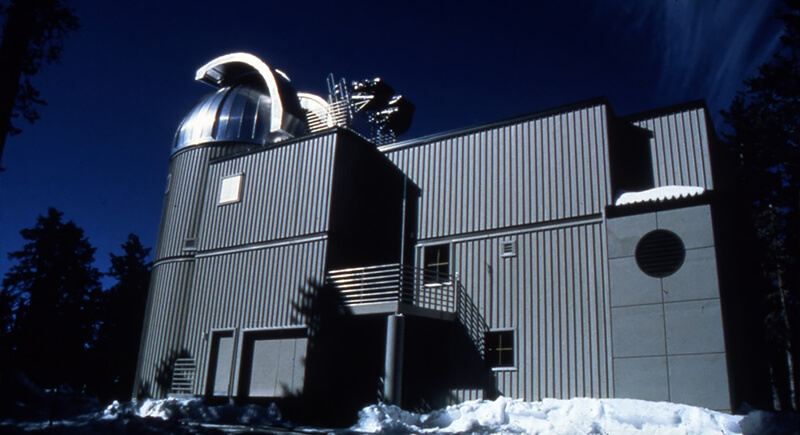
Credit: flickr
Light pollution in Rome made it difficult to study the skies, so in 1993, the Vatican Observatory partnered with the University of Arizona to build a modern telescope on Mount Graham. The Vatican Advanced Technology Telescope (VATT) allows Jesuit astronomers to continue a centuries-old tradition of space research.
Michelangelo Signed Only One Work—And It’s in the Vatican
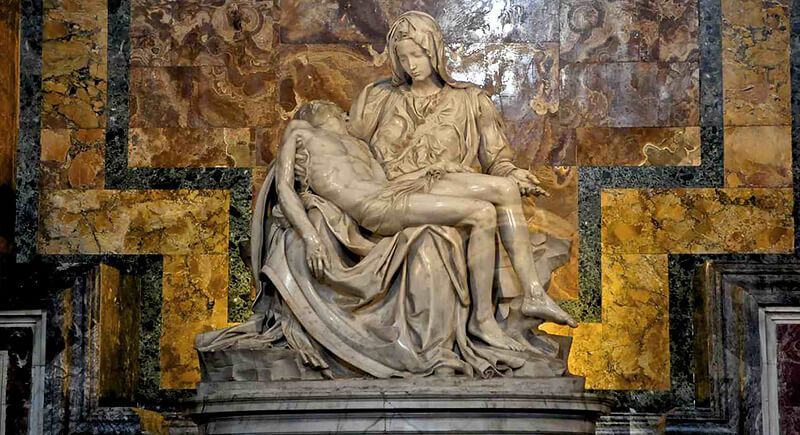
Credit: flickr
Michelangelo famously avoided putting his name on his creations, but there was one exception. After hearing someone credit another sculptor for the Pietà, he carved his name across the sash of the Virgin Mary. The sculpture still stands in Saint Peter’s Basilica, just a few feet from where visitors enter.
The Vatican’s Budget Relies Heavily on Donations
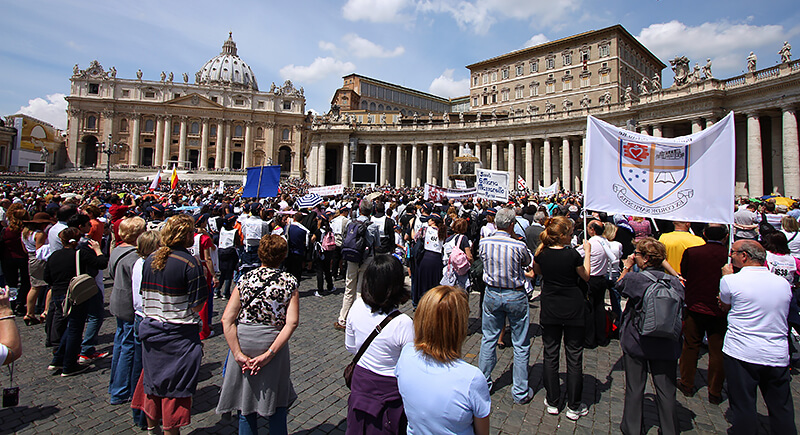
Credit: iStockphoto
Vatican City doesn’t collect taxes or operate major industries. Instead, it depends largely on donations from Catholics around the world. One major source is “Peter’s Pence,” an annual collection that helps fund Church operations and charitable efforts. Museum admissions, souvenir sales, and rental income also help, but donations remain the backbone of its economy.
The Vatican Owns Properties in the Alban Hills
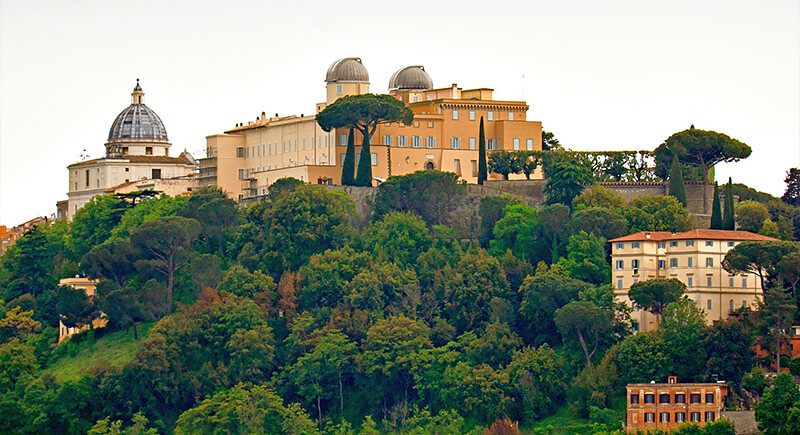
Credit: Wikimedia Commons
Beyond its small footprint in Rome, the Vatican owns land in Castel Gandolfo, a hill town about 15 miles southeast of the city. The property includes gardens, villas, and the former summer residence of the pope. For centuries, this was a retreat from the stifling Roman heat. While it’s no longer used as a papal getaway, the grounds are maintained and open to visitors.
The Vatican Once Kept a White Elephant
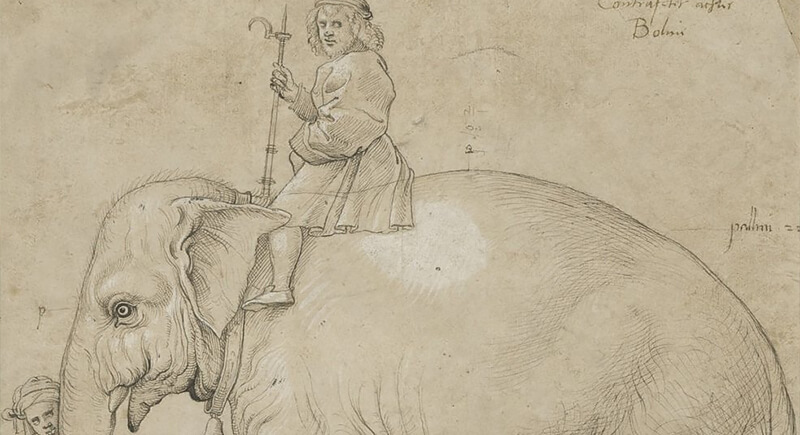
Credit: Reddit
In 1514, King Manuel I of Portugal sent Pope Leo X an unusual diplomatic gift: a white elephant named Hanno. The animal became a sensation in Rome, joining public parades and papal events. Hanno lived in a specially built enclosure near the Vatican until his sudden death two years later, possibly due to a gold-laced purge administered by the pope’s own physicians. Leo X reportedly mourned the loss deeply and commissioned a memorial by Raphael to honor the elephant.
Vatican Wine Was Once Notoriously Bad
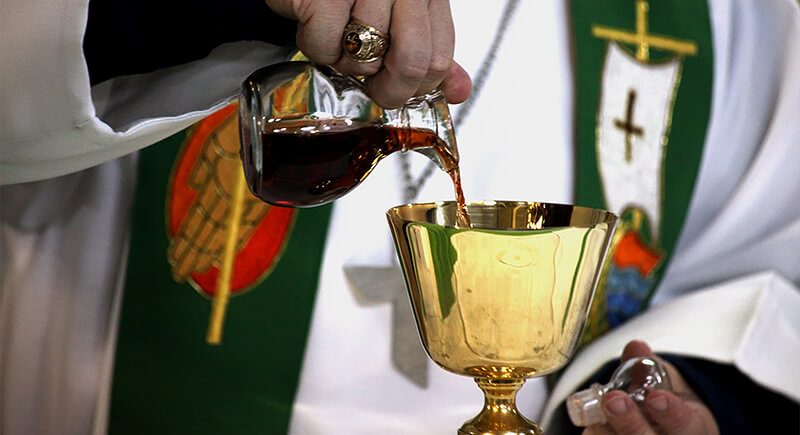
Credit: Wikipedia
Centuries ago, wine made in Vatican territory had a reputation for being thin, sour, and poorly preserved. Even popes preferred importing their wine from Tuscany or France rather than drinking the local product. Over time, with improvements in cultivation and storage, the quality improved.